To add a little spice to your vacation or if you are looking for the weird and the wonderful, check out one of these 25 landmarks that have intrigued travelers for centuries. From Egypt to Japan, they open a window on the sometimes strange history of ancient civilizations.
Stonehenge, UK
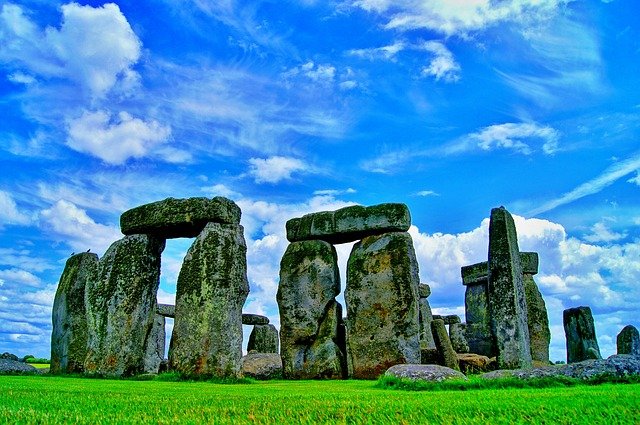
Surrounded by a few hundred tumuli and very far from the place of origin of its megalithic stones, Stonehenge is considered by many travel enthusiasts to be the embodiment of mysterious monuments. However, it did not appear suddenly, but rather the result of centuries of hard work. The earth and the ditch around the monument date from 3,100 BCE, while the erection of the stones would have taken place between 2500 and 2200 BCE, although not everyone agrees on these dates. Theories abound as to why it was built, but it is likely that it has had many uses over the centuries. Worship of the stars, spiritual rituals or ancestor worship, all these explanations have their defenders and some even think that it was a place of healing,
Easter island
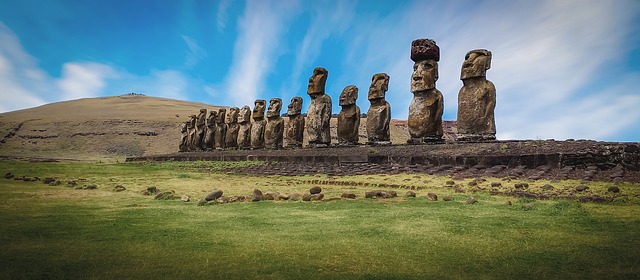
What could be stranger than an 80-ton stone head placed on a treeless island in the middle of the Pacific Ocean and bathed by currents that make it particularly difficult to access? And yet, Easter Island or Rapa Nui, does exist, and we know that its first inhabitants came from Polynesia. These stone statues or moai were carved from rock from the local quarries, transported to their current location and arranged so that they face the interior of the island. They are supposed to represent tribal ancestors; during the conflicts between the tribes, they were turned face down on the ground. They were probably moved using logs, but by the time the Europeans discovered the island there were no trees. The scarcity of this resource has also possibly played a role in the conflicts. Many statues have been straightened, and the Rapa Nui National Park is now a site protected by UNESCO.
Geoglyphs of Nazca, Peru
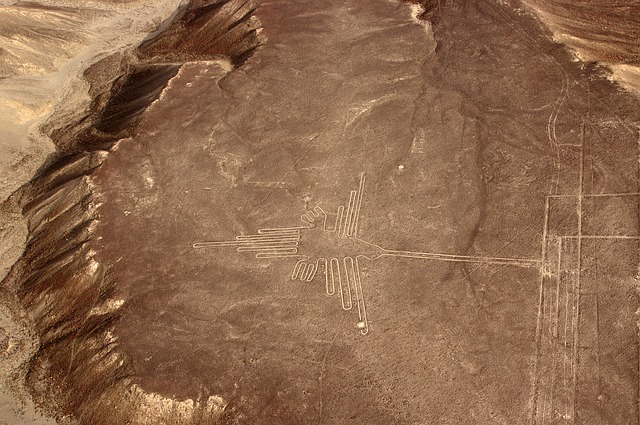
Easily identifiable from the air, the geoglyphs of Nazca are invisible on the ground. These large figures drawn on the soil of the desert of southern Peru are included on the list of UNESCO World Heritage sites. There are hundreds of them in various styles, some boiling down to simple geometric shapes, others finely drawn and depicting animals such as monkeys, sharks and lizards. The largest extend over 200 meters. They were created by removing red pebbles that covered the ground, revealing the white limestone. We have long wondered how it was possible to create such large figures while on the ground, but the discovery of the remains of what appear to be wooden stakes used to mark their location has shed the veil on this mystery. However, we still do not know what objective they served. Speculation is rife. For the supporters of the ufological theory , they would constitute indications intended for aliens in search of a landing ground. For others, they would reproduce the planetary alignments and for still others, they would have served as landmarks for the Nazcas to find the wells they had dug for irrigation.
The great pyramids of Egypt
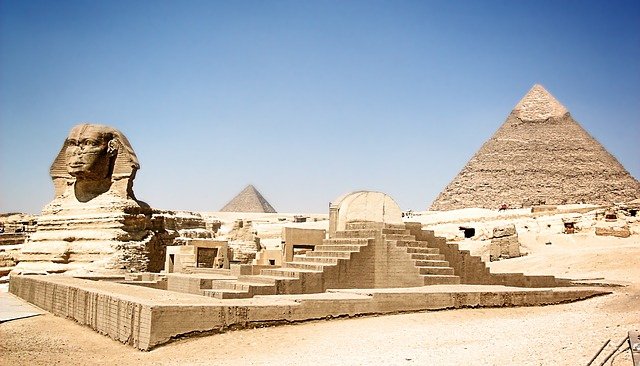
The ancient Egyptians certainly never imagined that their stone structures half buried under the desert sands would give birth to such a profusion of Hollywood movies and dime novels in which the curses, the treasure hunters and the mummies would play a major role. Although the dates of their construction and the methods used by the builders are increasingly clear, many questions surrounding this place considered among the most popular travel destinations remain unanswered. Recent explorations of their narrow hallways using cameras mounted on robotic vehicles may shed some more light on what the Egyptians had in mind when they erected.
The Stonehenge in Michigan, USA
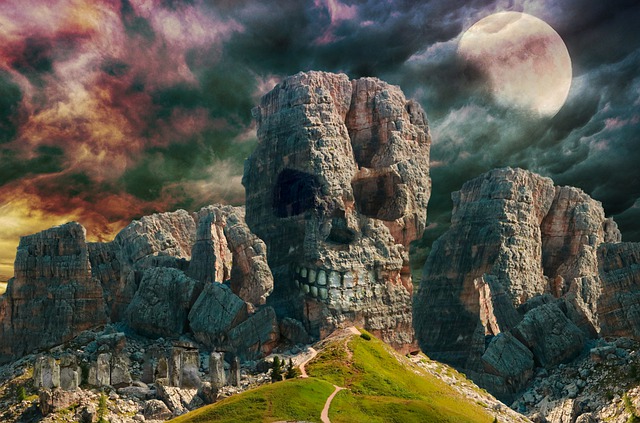
On the side of a three-meter boulder in the waters of Lake Michigan, Mark Holley, an underwater archaeologist, discovered what would be, in his eyes and those of his colleagues, a prehistoric sculpture. Located at the back of the East Grand Traverse Bay, the so-called sculpture represents a mastodon, a spear stuck in the side. If the thesis is confirmed, it will be the first sculpture of its kind to be discovered in the New World. If it is invalidated, take a look at Beaver Island, nearby: there, another unauthenticated site appears to represent a calendar circle like that of Stonehenge, but much smaller. If the rocks are small, the theory that they are arranged following the course of the sun, the moon and stars for agricultural purposes has no shortage of defenders, far from it.
Palenque, Mexico
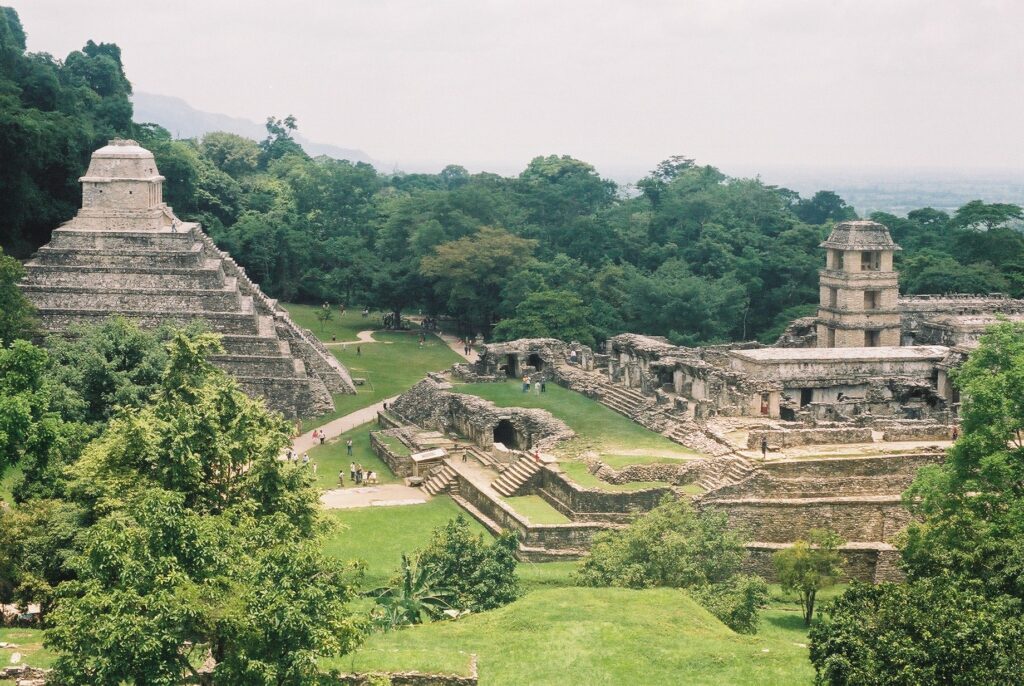
In Mexico, the temples and pyramids dating from the time of the Mayas testify to an extraordinary mastery of construction techniques. These people also had a very developed alphabet and extensive astronomical knowledge. In fact, its timeline is so precise that it can still be relied on today to predict eclipses, which naturally leads people to speculate on the imminent end of the long count calendar period, which falls in 2012. Could this be the end of the world? Probably not. The end of this powerful people is much more fascinating and mysterious. Its cities had collapsed even before the arrival of the European conquistadors. Located in the state of Chiapas in southern Mexico, Palenque is just one of the many archaeological sites he left behind.
Machu Picchu, Peru
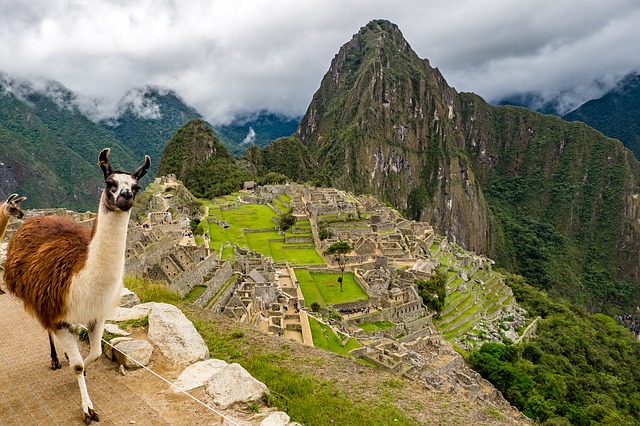
It takes a lot to climb to reach Machu Picchu, which is 2430 meters above sea level. This photogenic city clinging to the clouds of the Andes was built by the Incas in the 15th century in honor of Pachacuti, the one of their emperors. It remained hidden, even from the eyes of the Spanish invaders, until 1911, when it was “discovered.” To get there, you can take the train in Cusco to the winding road that leads there or walk the entire route from the entrance to the Inca Trail, a fabulous hike that will still take you several days.
Hagar Qim, Malta
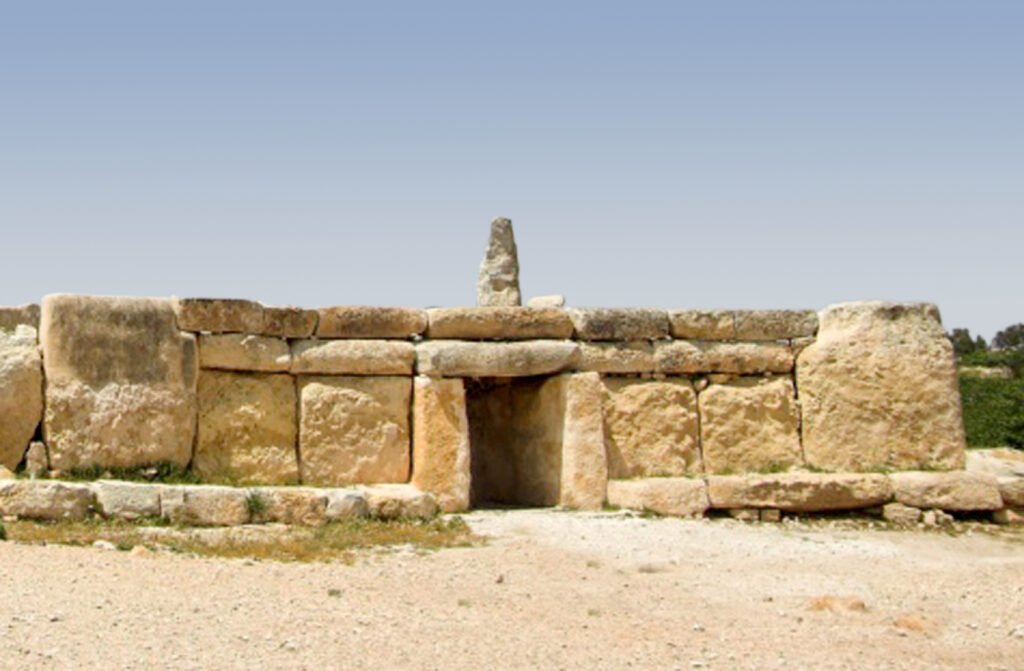
The name of this Neolithic site means “standing stones”, which will not surprise anyone. Erected between 3500 and 2900 BCE, Hagar Qim is located on the southwest coast of Malta from where it overlooks the Mediterranean. The largest rock measures 7 meters by 3 and weighs 20 tons. Part of the building is aligned with the points where the sun rises and sets during the summer solstice, which has given rise to a theory that this structure and others may be older than it is. Believe. These temples are puzzling, as there is little other evidence indicating that a civilization advanced enough to build them lived on the archipelago. How did the builders get there and by what architectural feat did they manage to arrange 20-ton megaliths?
Carnac, France
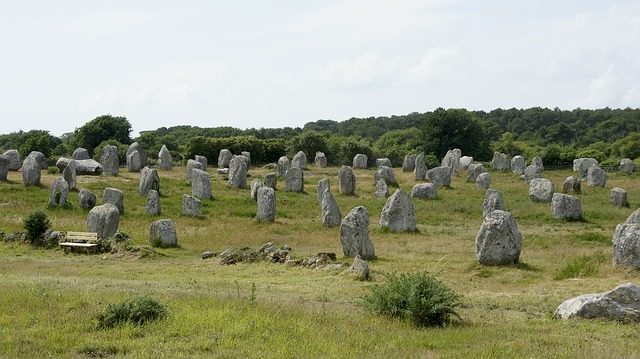
Located on the shores of the Gulf of Morbihan in Brittany, Carnac is famous for its beaches, but also for its some 3,000 standing stones dating from the Neolithic era. Archaeologists don’t know why they were erected, but regardless, they undeniably strike the imagination. The four groups of menhirs on the site are arranged in rows and extend over 4 km. The tallest stones are in the west, with the others decreasing in size as you move east. It is the largest collection of standing stones in the world.
Gobekli Tepe, Turkey
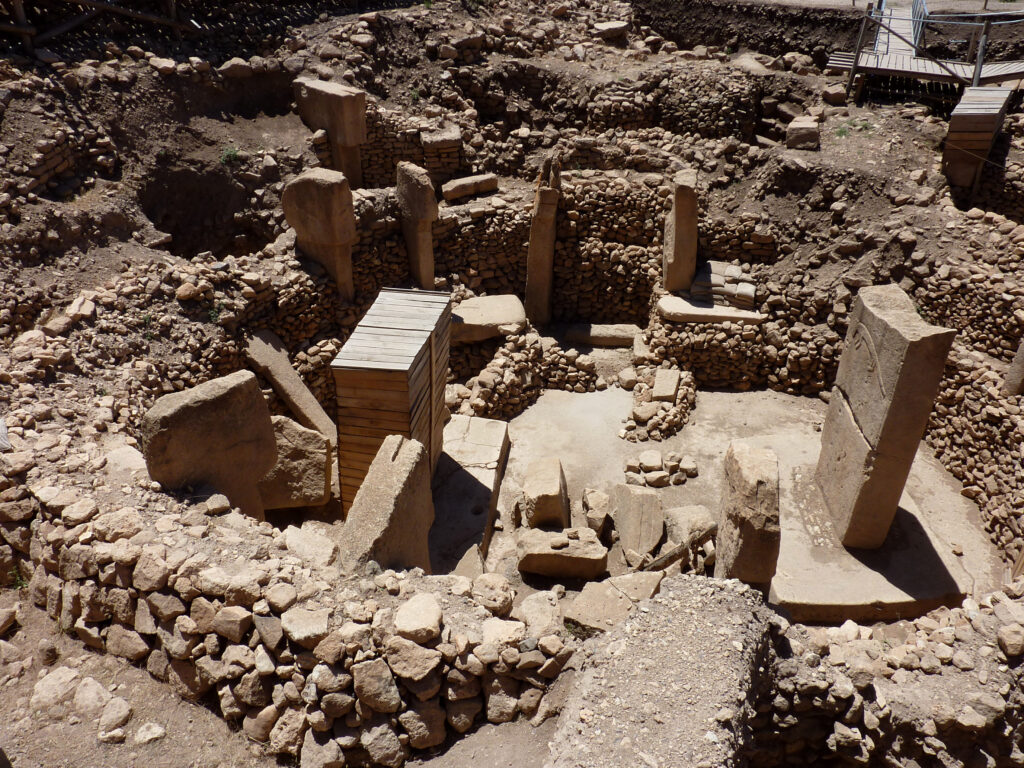
Laid out over 11,000 years ago, this archaeological site in southeastern Turkey dates back 6,000 years before Stonehenge. Everything is enormous: the pillars, some of which are decorated with engravings representing animals, can reach 5 meters high and weigh 10 tons; some of the stone enclosures are 20 meters in diameter. Geomagnetic analyzes to indicate that 16 megalithic enclosures are still buried in the ground. According to archaeologists, it will take at least 50 more years of excavation work to uncover the monuments and other artefacts that the site contains. What we know for sure is that this Neolithic site predates the beginnings of agriculture by 500 years and the invention of writing by 6,000 years.
Georgia Guidestones, Georgia, United States
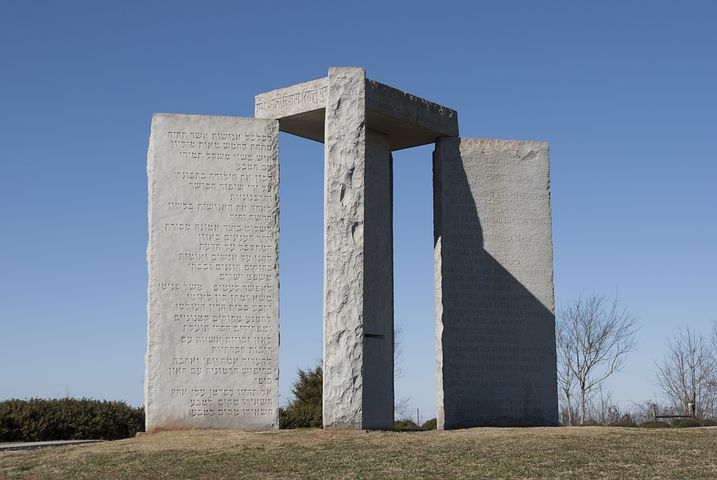
On a plain in Georgia, the United States, lie the Georgia Guidestones, one of man’s most bizarre and mysterious constructions. This structure consists of six granite slabs almost 5 meters high and weighing about 20 tons each. Instructions for survivors of a possible “apocalypse” are written in eight languages, including Swahili, Hindi and even Egyptian hieroglyphics. The monument is oriented to follow the sun’s migration (from east to west), depending on the time of year. The sponsor of the Georgia Guidestones remains anonymous and unknown to this day, prompting many conspiracy theories and other questions.
Sacsayhuamán, Peru
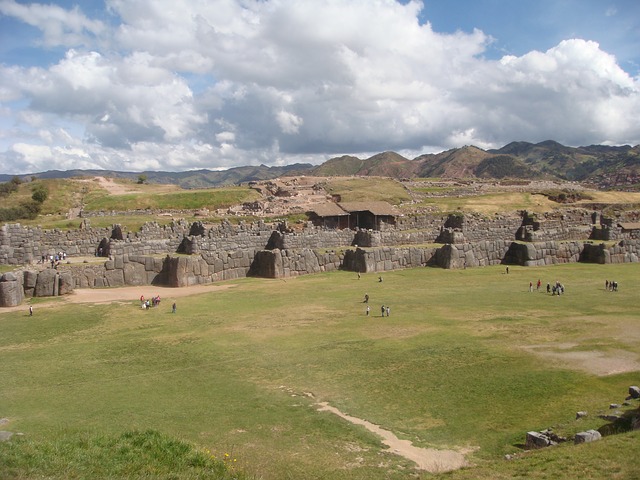
How were the Incas able to move the massive stones that build the Sacsayhuamán fortress in Peru? Some scientists still wonder. This huge Inca fortress, located two kilometers from the city of Cuzco, impresses tourists and the researchers who visit it every day. The largest slabs of the construction, which weigh more than 120 tons, were extracted from a quarry located more than three kilometers from the site. Also, the building is shaped like a puma’s head, a sacred animal in the Inca tradition. The stones constituting the fortress are also extremely well arranged and still solid. Several thousand years after construction, the engineering quality of the fortress is such that you cannot pass a sheet of paper between two stones, the latter still fitting together perfectly, like a puzzle. Mineral. Even after several earthquakes, frequent in the region, the Inca fortress of Sacsayhuamán still stands in place, perfectly upright, as when it was created.
Underwater structure of Yonaguni, Japan
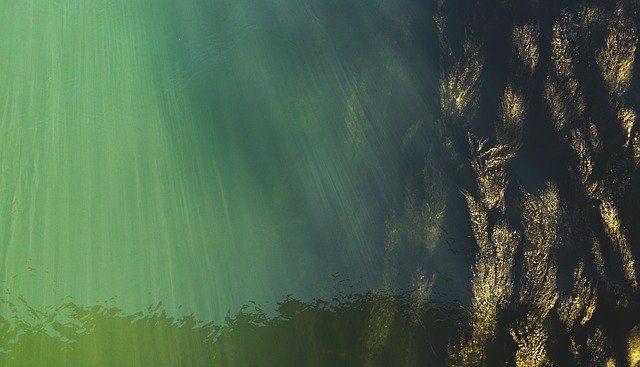
The underwater structure of Yonaguni, Japan, is as interesting as it is mysterious. This 5,000-year-old temple lies at the bottom of the sea, more than 25 meters deep. The structure, huge platforms gathered in the shape of a giant pyramid, is over 75 meters long. It is located at the southern end of Yonaguni Island, Japan, hence its name. It was discovered in 1985 by Kihachiro Aratake, tourist diving organizer, who was then scouting for a possible dive. Some scientists say that this would be proof of the existence of a prehistoric civilization in this region. Other researchers believe it to be more of a rock structure that formed naturally, despite its surprising shape resembling stairs or a pyramid.
Chand Baori, India
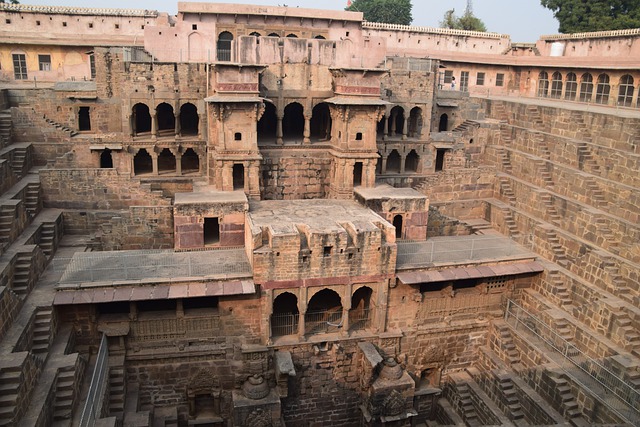
Chand Baori is a step well, called Baori. Located in the state of Rajasthani, India, this 30-meter-deep well is probably one of the finest examples of architectural motifs from this period. It was built in the 10th century, with the aim of serving as a water reserve during chronic droughts in the region. The well has 3,500 steps arranged in 13 levels in the shape of a “V.” It is very difficult to imagine how the realization of such a structure could have been made possible, considering the little technology offered at the time of its construction.
Ajantâ caves, India
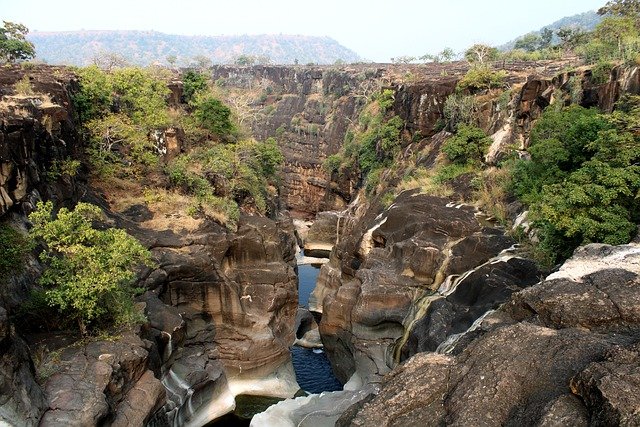
The village of Ajantâ is located in the state of Maharashtrian, India. There you can find a group of 30 artificial Buddhist caves, dug into the mountainside, into the rock. As mysterious as they are intriguing, the oldest caves date from the 2nd century BC. The caves had two main functions. Some served as refuge for the monks during the rainy season, while the others were mainly used as a room for prayer and a meeting. Although mass tourism partially destroyed most of the caves, some have remained almost intact, still testifying to the incredible work involved in building this hidden gem.
Baalbek, Lebanon

The largest Roman temple ever built is not located in Greece or Rome, but in Baalbek, Lebanon. The site, included in the UNESCO World Heritage List, is made up of ruins from the Greco-Roman era. Despite the almost total destruction of the temple by the Byzantine Emperor Theodosius, it is still possible to observe six of the 54 columns still standing. The mystery here lies in the choice of the place of construction: why did the Romans choose the site of Baalbek to build this immense temple there? Despite the recent wars and conflicts that have taken place in the region, the Roman heritage of this monument has resisted to be still standing and observable.
Newgrange, Ireland
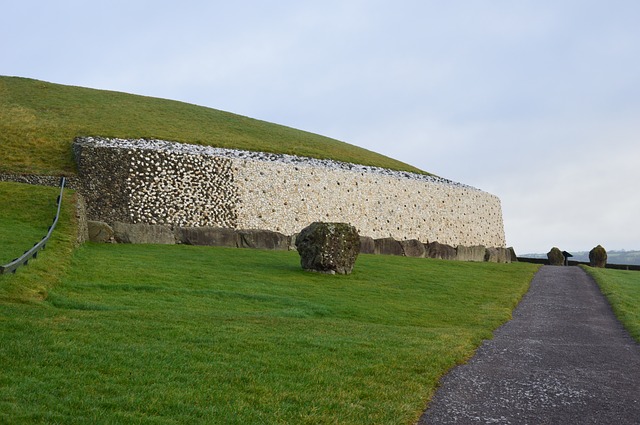
New grange is considered the oldest and most famous prehistoric site in Ireland. The site is a tumulus, a sort of tomb, 85 meters in diameter containing a long covered passage leading to a burial chamber. Built approximately in 3100 BC. AD, about 600 years before the Great Pyramid of Giza, was used for construction only earth, wood, clay and stone. The mystery surrounding this monument has to do with the precision of execution and engineering of its construction. In fact, the structure has remained completely waterproof, despite all the years. Also, every year on the day of the winter solstice, the light enters directly into the central chamber at 9:17 a.m. and stays for about 15 minutes.
Circle of Goseck, Germany
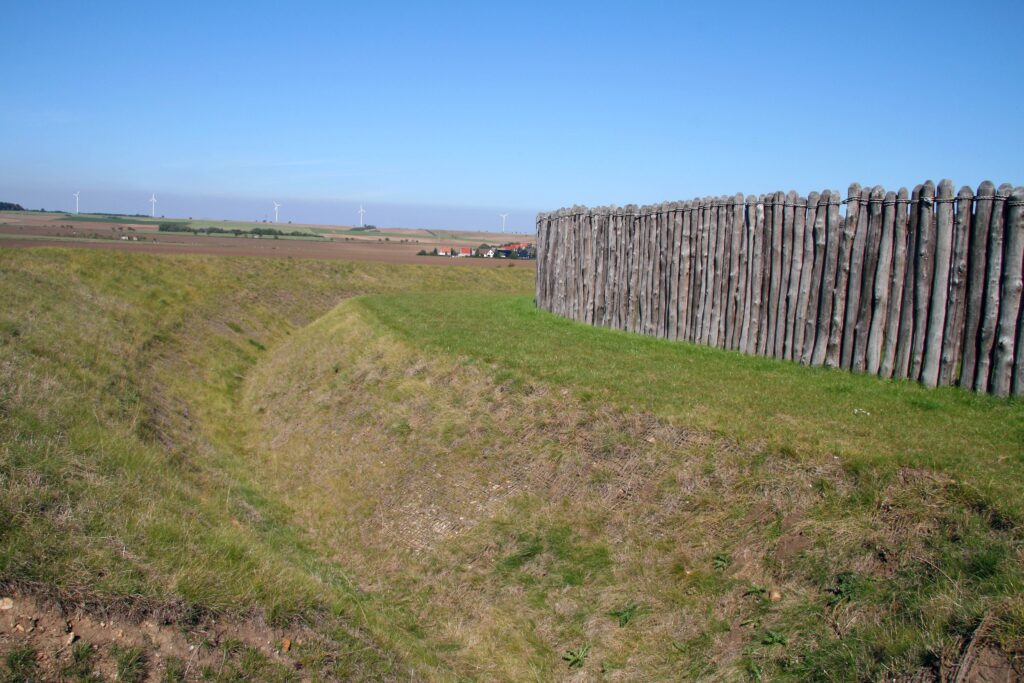
One of the most mysterious constructions in Germany is undoubtedly the Circle of Goseck, located in Saxony-Anhalt. It is a monument made up of earth, gravel and wooden palisades. The three concentric circles would thus be built to be used as a solar observatory. In the three concentric circles, we can see three openings. During the winter and summer solstices, it is possible to see the rays of the sun passing through the openings at sunrise and sunset. According to some scientists, it is much more than a solar observatory. This construction would be sacred, because the observatory would be built to observe not only the sun, but also the movement of the stars, the lunar cycles and to follow the course of time.
Hill of Crosses, Lithuania
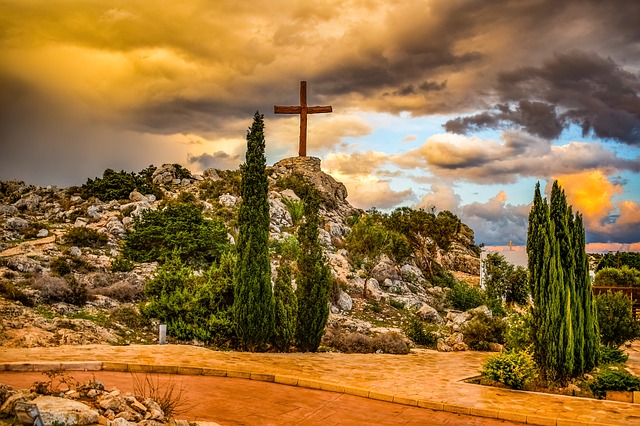
The Hill of Crosses is a place of Catholic pilgrimage. Located in the town of Siauliai, Lithuania, this plain brings together thousands of crosses and crucifixes, each symbolizing a pilgrim’s prayer. Despite the relentlessness of the Soviets to raze and destroy this place of worship, the Lithuanians have always been able to revive the flamboyant appearance of the place. Become a symbol of Lithuanian folk art, the hill and its some 150,000 crosses still enthroned at its top, welcomes a large number of visitors, pilgrims or not, each year.
Coral Castle, Florida, United States
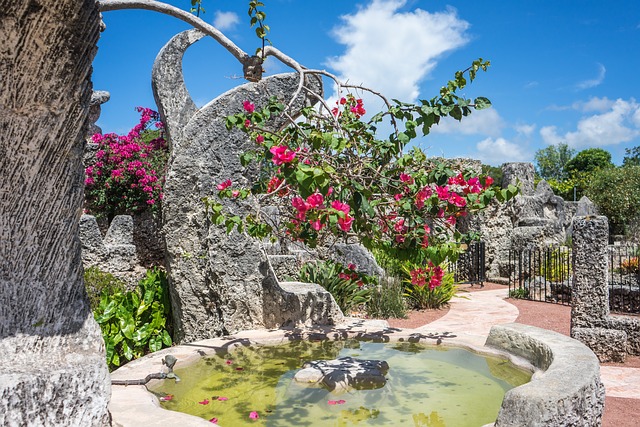
The Coral Castle is an architectural structure made up of blocks of coral. Located in the town of Homestead, Florida, this southern architectural fanatic owes his existence to the Latvian Edward Leedskalnin. Built as a tribute to a great lost love, this impressive structure contains several blocks of coral each weighing several tons. Construction began in 1923 over a period of almost 30 years. The mystery surrounding the Coral Castle is physical. How did an ordinary, average man like Edward Leedskalnin manage to move and transport these huge blocks of coral and then build a castle out of them? Scientists are still asking the question today. It is even said that Albert Einstein could not have imagined how the valiant Edward could have done it.
Socotra, Yemen

The island of Socotra, located off the coast of Yemen, is above all considered mysterious for its exceptional and unique flora. Indeed, in addition to the very long geological isolation of which the island was victim, the extreme heat as well as the droughts would also contribute to the completely fascinating flora of the island of Socotra. Botanists agree that about a third of the 800 plus plants in Socotra are not found anywhere else. One of the most famous tree species on this island, but also one of the most impressive, is the Socotra Dragon Tree.
Native American city Cahokia, United States
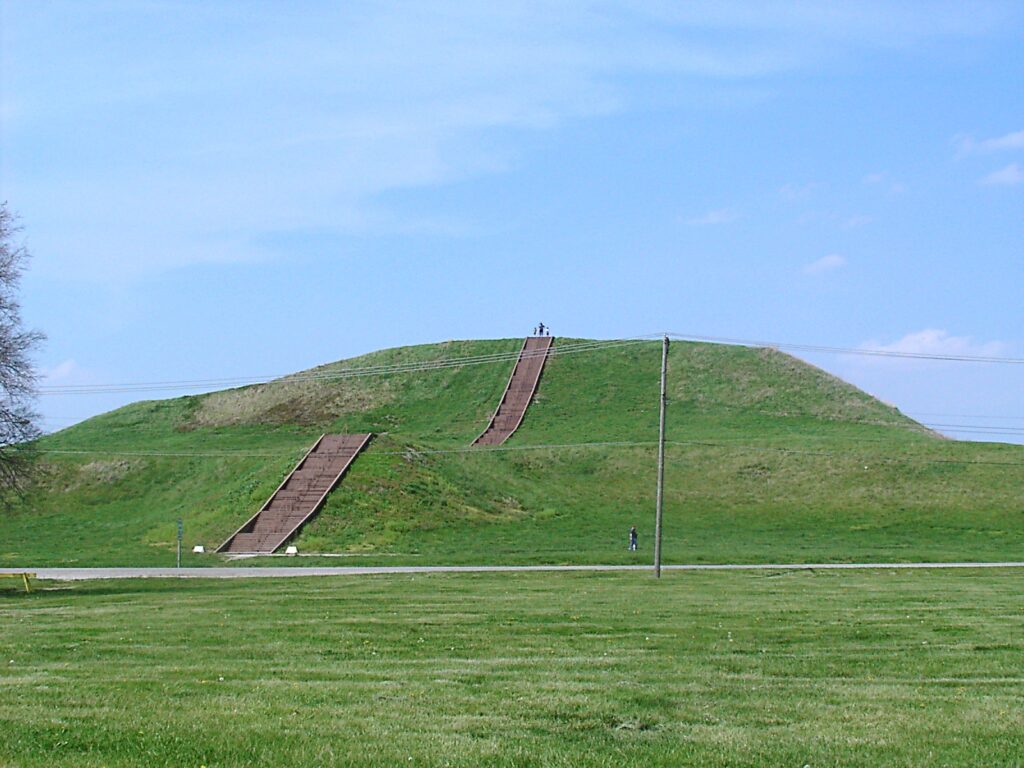
The ancient Native American city of Cahokia is located in Illinois, the United States. . In the 12th century, it was one of the most populous Native American cities in North America, with between 15,000 and 30,000 inhabitants. The city is made up of 80 mounds of land, still visible today, some of which can reach the height of 30 meters. It is believed that these mounds were used, among other things, to establish camps, to monitor the surroundings and to structure life in Cahokia. The reason why Cahokia was abandoned even before the arrival of Europeans remains a mystery difficult to explain. What tribe or grouping lived here? Why did they desert the region? No one knows exactly what happened, and that’s part of the charm of this attraction.
The Iron Pillar, Delhi, India

The Iron Pillar is an archaeological remains located in Delhi, India. Its peculiarity is metallurgical, as it is composed almost entirely of 99.72% pure iron. Until recently, scientists did not understand why the pillar did not rust. An analysis carried out in 2002 by a scientific team from Kanpur revealed that the pillar was covered with a thin layer of crystalline, iron hydrogen phosphate. In other words, the pillar had a coating that protected it from the elements, so it could not rust. This pillar is a considerable achievement for the time of its construction.
Hashima Island, Japan
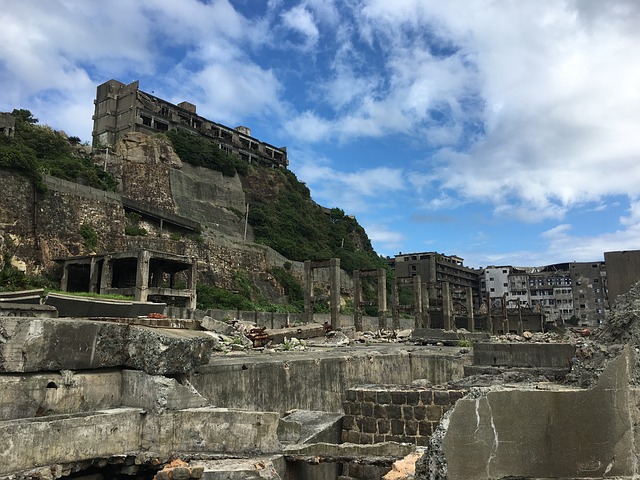
Hashima is an island in Japan located in Nagasaki Prefecture. Following the discovery, in 1887, of a large deposit of coal, a fossil fuel, the Island was invaded by many Japanese wanting to work in the coal mine. When the deposit was exhausted, the inhabitants of Hashima left the island, leaving all the infrastructure in place. Hashima is today a gloomy but fascinating ghost town, a window of a past life.
Aokigahara, Japan
Aokigahara is a 35 square km forest near Mount, Fuji, Japan. The mystery surrounding this mythical place is very macabre: the forest hosts an imposing number of hangings and suicides each year. In fact, it is estimated that around 1% of suicides in Japan take place in this gloomy forest.

wachstumshormon hgh kaufen
References:
hgh apotheke kaufen
hgh and testosterone
References:
2 iu hgh per day results bodybuilding [https://ecosistema.caracassportsclub.com/index.php?action=profile;u=337]
best place to buy dianabol
References:
What Are Steroids Prescribed For (https://Lawrencewilbert.Com/Read-Blog/11719_Dianabol-Outcomes-Earlier-Than-And-After-Unveiling-The-Transformation.Html)
ipamorelin nasal spray for sale
References:
Can You Take Cjc Ipamorelin Forever (Git.Sun-Hao.Cn)
cjc 1295 ipamorelin reconstitution
References:
tesamorelin cjc1295 Ipamorelin 12mg [mes-Favoris.Top]
cjc 1295 ipamorelin for woman
References:
take sermorelin and ipamorelin together same syringe
ipamorelin and mod grf 1 29 dosing
References:
when To Take cjc 1295 ipamorelin (http://jobshut.org/)
tesamorelin ipamorelin blend benefits
References:
ghrp-2 vs ipamorelin
cjc 1295 ipamorelin dosage calculator male
References:
Buy cjc-1295 & ipamorelin & ghrp-2 blend – http://www.middleeasthire.com,
ipamorelin reviews bodybuilding
References:
https://job-bee.com/employer/2063/sermorelin-dosage-calculator-and-chart-a-z-guide
can i stack ipamorelin ghrp 6 and cjc 1295 together
References:
cjc 1295 ipamorelin and testosterone reddit
ipamorelin contraindications
References:
Dosage For Cjc1295 Ipamorelin
empower pharmacy ipamorelin
References:
What Happens If You Shake Ipamorelin (Usdrjobs.Com)
anabolic steroids canada
References:
best steroid for Energy (dreamtube.congero.Club)
prednisone otc alternatives
References:
amazon bigger leaner stronger (gitiplay.com)
side effects of stopping steroids
References:
monster cuts supplement – heyyo.Social,
uses for steroids
References:
steroid study – Onlyaimovies.Com,
cons of anabolic steroids
References:
how Much is steroids, volts.Howto.co.Ug,
amp protein powder side effects
References:
how to make anavar (git.Gaminganimal.org)
does rich piana take steroids
References:
Valley.md
how muscular can a woman get without steroids
References:
signs of steroid use in Females – musixx.smart-und-Nett.de,
legal injection steroids
References:
to-portal.com
uk labs steroids
References:
firsturl.de
extreme anabolic
References:
rentry.co
will steroids make you lose weight
References:
peatix.com
slang names for anabolic steroids
References:
https://pad.hacknang.de/
the closest thing to steroids
References:
projetocimm.com
rapid tone weight loss ingredients
References:
sabarinews.com
hgh and testosterone stack
References:
mindsworks.org
how many iu of hgh per day for muscle growth
References:
2 Iu hgh to mg – Graph.org –
hgh dosage iu bodybuilding
References:
dosage hgh bodybuilding – zenwriting.net,
hgh before after
References:
wehrle
crazy bulk steroids
References:
http://www.bitsdujour.com
medical uses of steroids
References:
https://noticias-sociales.space/item/444165
hgh before and after pictures
References:
sytropin Hgh – ourpet.com.br,
hgh skin before and after
References:
testosterone vs hgh bodybuilding (https://41-4lcpj.укр/user/bankerbear10/)
how much hgh to take a day for bodybuilding
References:
how much hgh to take for bodybuilding (stackoverflow.qastan.be)
4iu hgh results
References:
hgh cycle dosage, https://squareblogs.net,
waar staat hgh voor
References:
Hgh Cycle Dosage (Premiumdesignsinc.Com)
hgh timing bodybuilding
References:
guia hgh [karayaz.ru]
dwayne johnson hgh
References:
side effects of hgh injections (https://u.to/)
does hgh raise testosterone
References:
how much hgh for bodybuilding (https://haugaard-rosenberg-4.blogbright.Net/)
hgh side effects
References:
https://may22.ru/
hgh dosage for men
References:
https://md.chaosdorf.de
beginner hgh cycle
References:
hedgedoc.k8s.eonerc.rwth-aachen.de
winner casino mobile
References:
http://night.jp/jump.php?url=https://educhoice.co.uk/user/profile/69316
no deposit bonus forex
References:
https://b4india.in/read-blog/2150_silver-oak-casino.html
spa brochure
References:
http://juxinshuzhi.com/christinwoodri
casino euro review
References:
https://wes.la/JNQEo
hollywood casino bay st louis
References:
https://xn--bb0bw4mh6loup.net/bbs/board.php?bo_table=free&wr_id=690507
hard rock casino hollywood fl
References:
http://jimiantech.com/g5/bbs/board.php?bo_table=w0dace2gxo&wr_id=1114438
betting odds explained
References:
https://noarjobs.info/companies/davincis-gold-casino-generelle-diskussion/
best casino
References:
https://abtl.ink/lasonyahow
phone casino
References:
https://fastlinks.com.tr/jeannedethridg
blackjack software
References:
https://hospitalityworldjobs.com/employer/neue-casino-casinos-ohne-einzahlung-2025-aktuell-im-dezember/
scraps 99
References:
https://vagyonor.hu/employer/ice-casino-online-%e2%ad%90-spiele-auf-der-offiziellen-deutschen-webseite/
potawatomi casino
References:
https://abril.ink/madeleinen
metropolis casino
References:
https://easydating.shop/@joesphharringt
caesars casino las vegas
References:
https://xsurl.in/ettakincaid193
casino online
References:
https://asteroidsathome.net/boinc/view_profile.php?userid=1034293
montreux casino
References:
https://jobs1.unifze.com/employer/how-casinos-enable-gambling-addicts/
play blackjack
References:
https://aulavirtual.cenepred.gob.pe/blog/index.php?entryid=1518
online casinos no download
References:
https://jobs.jaylock-ph.com/companies/beste-online-casinos-2025-sicher-lizenziert-spielen/
ladbrokes casino
References:
https://git.antcore.cn:2443/evelyne9289555/evelyne1995/wiki/Cafe+und+Restaurant+als+Teil+des+Weltkulturerbes+Rammelsberg